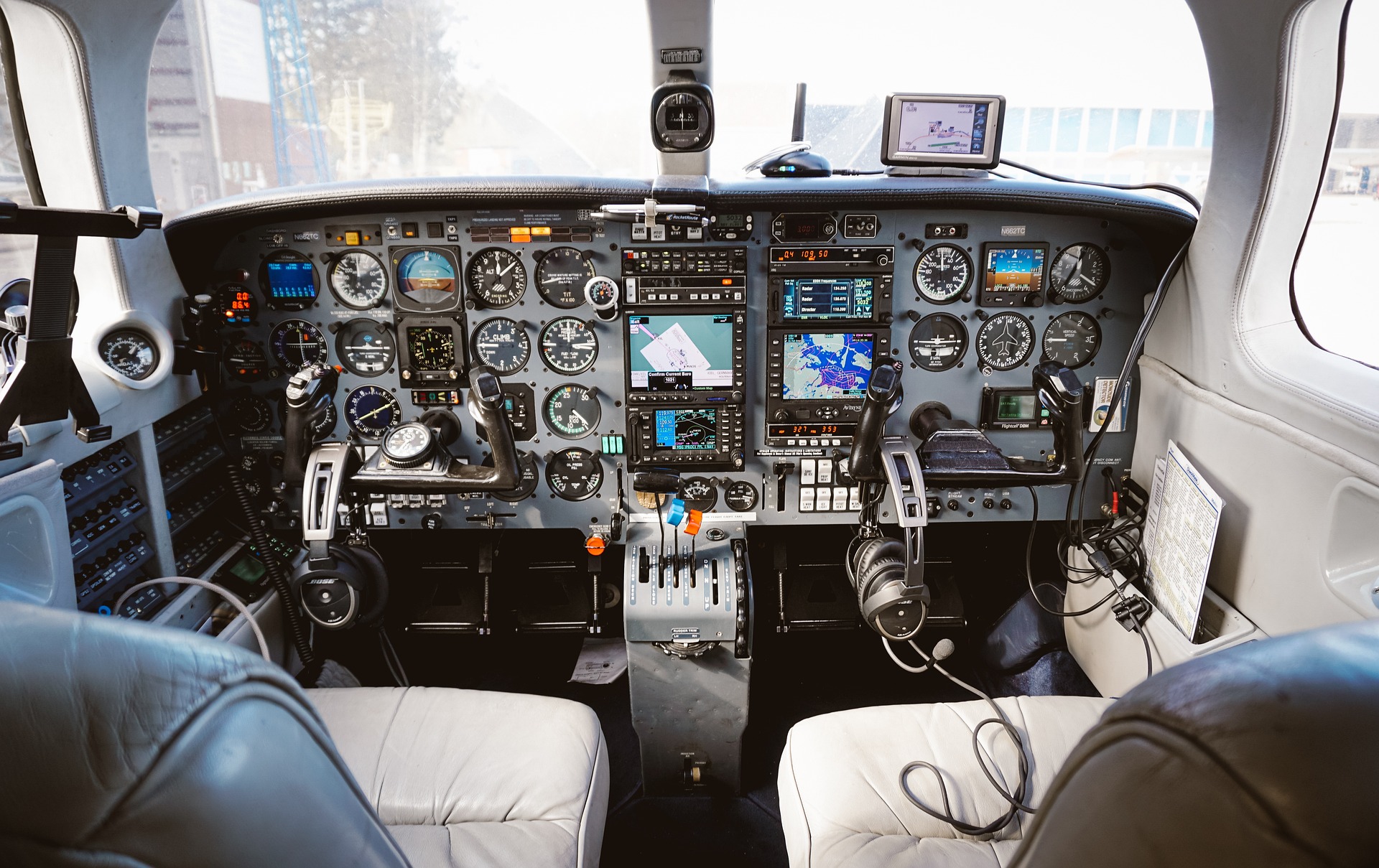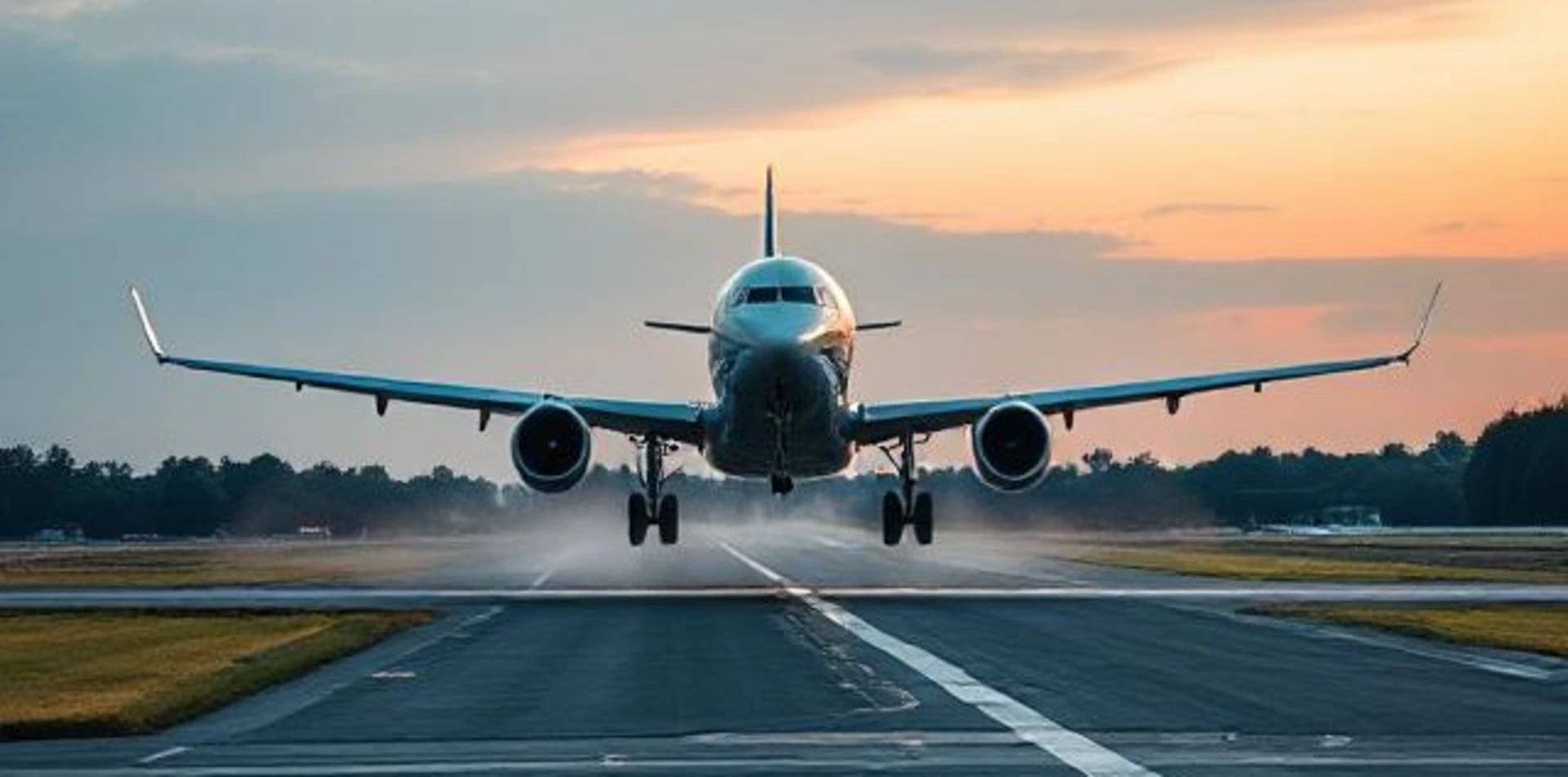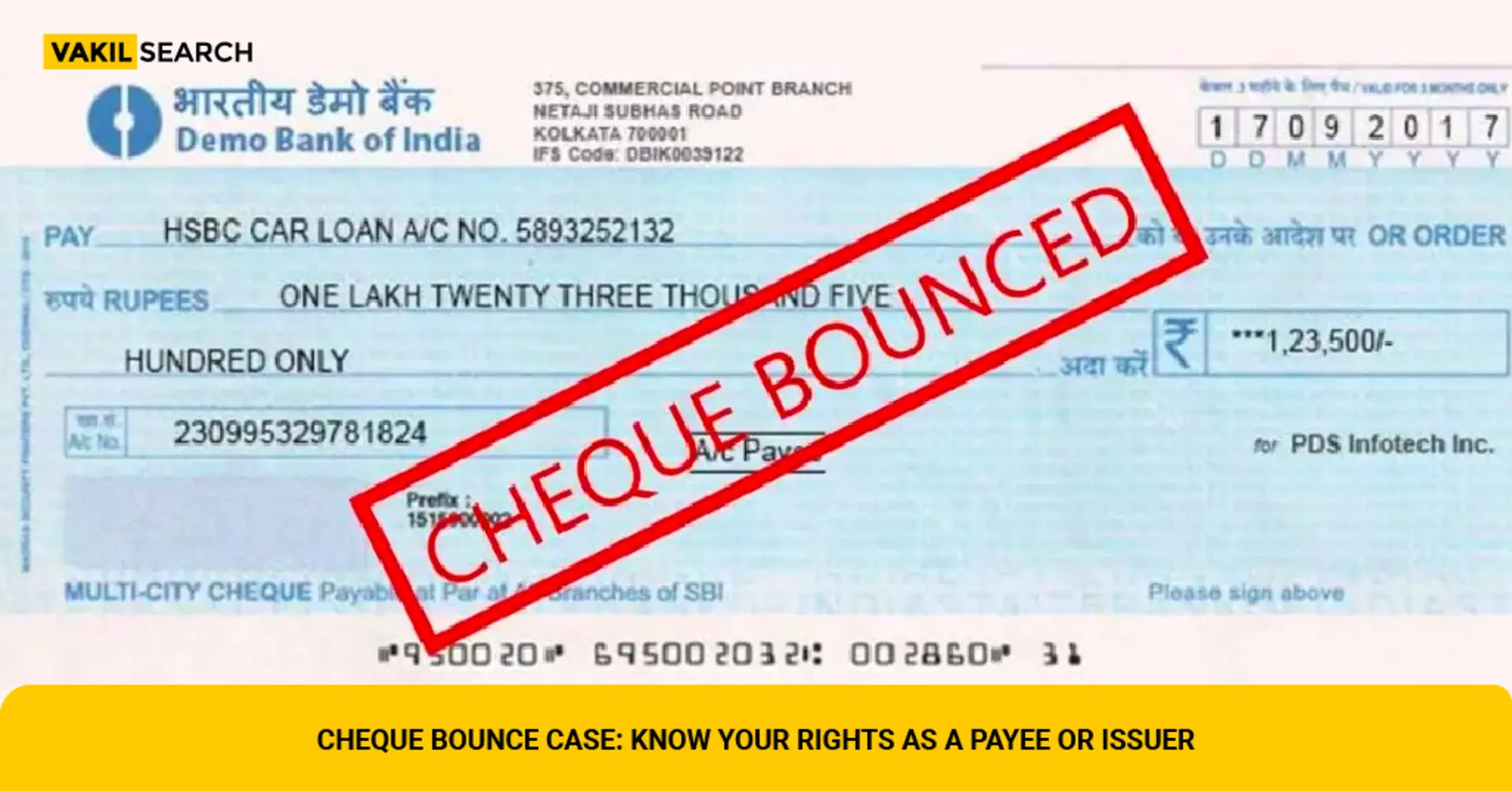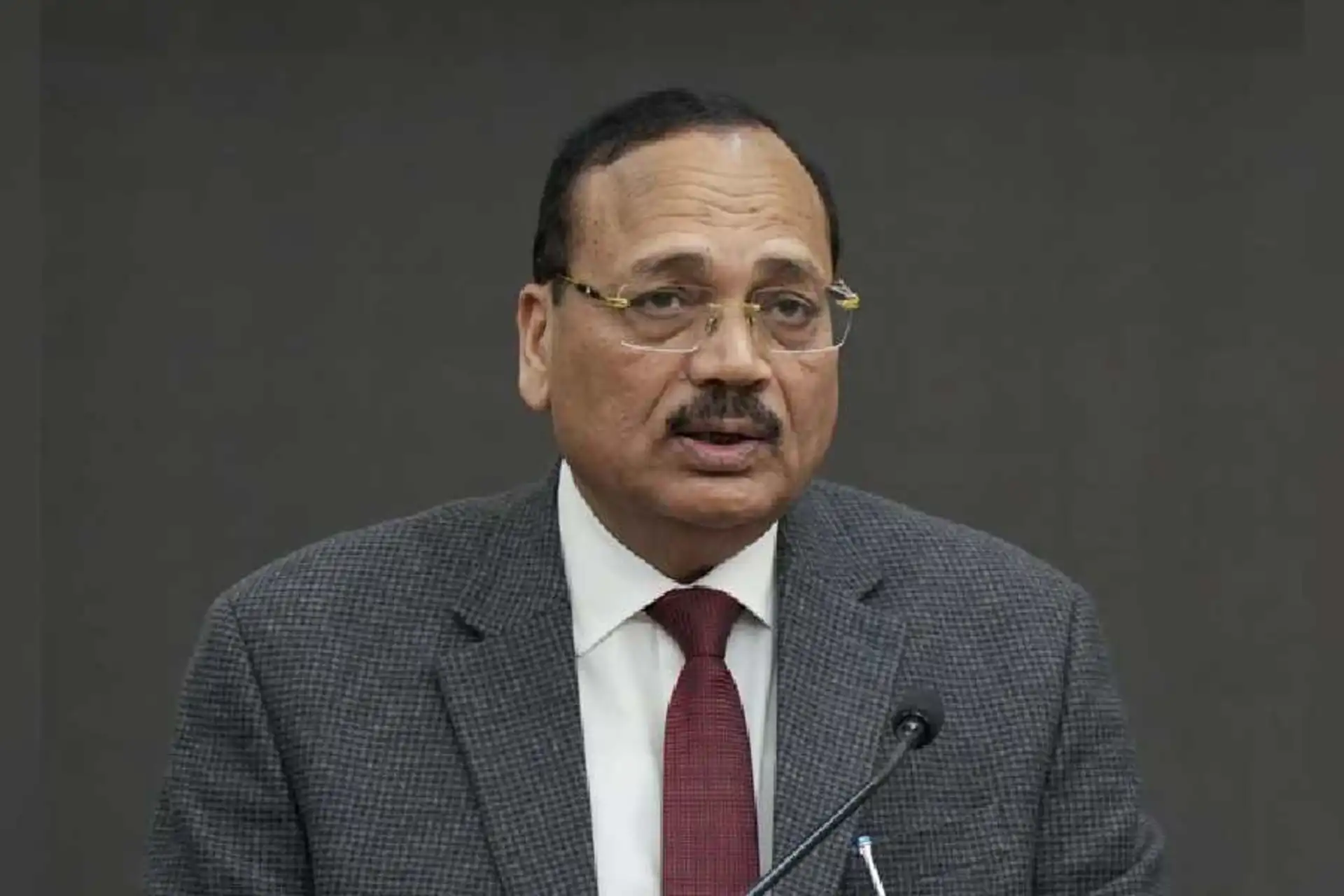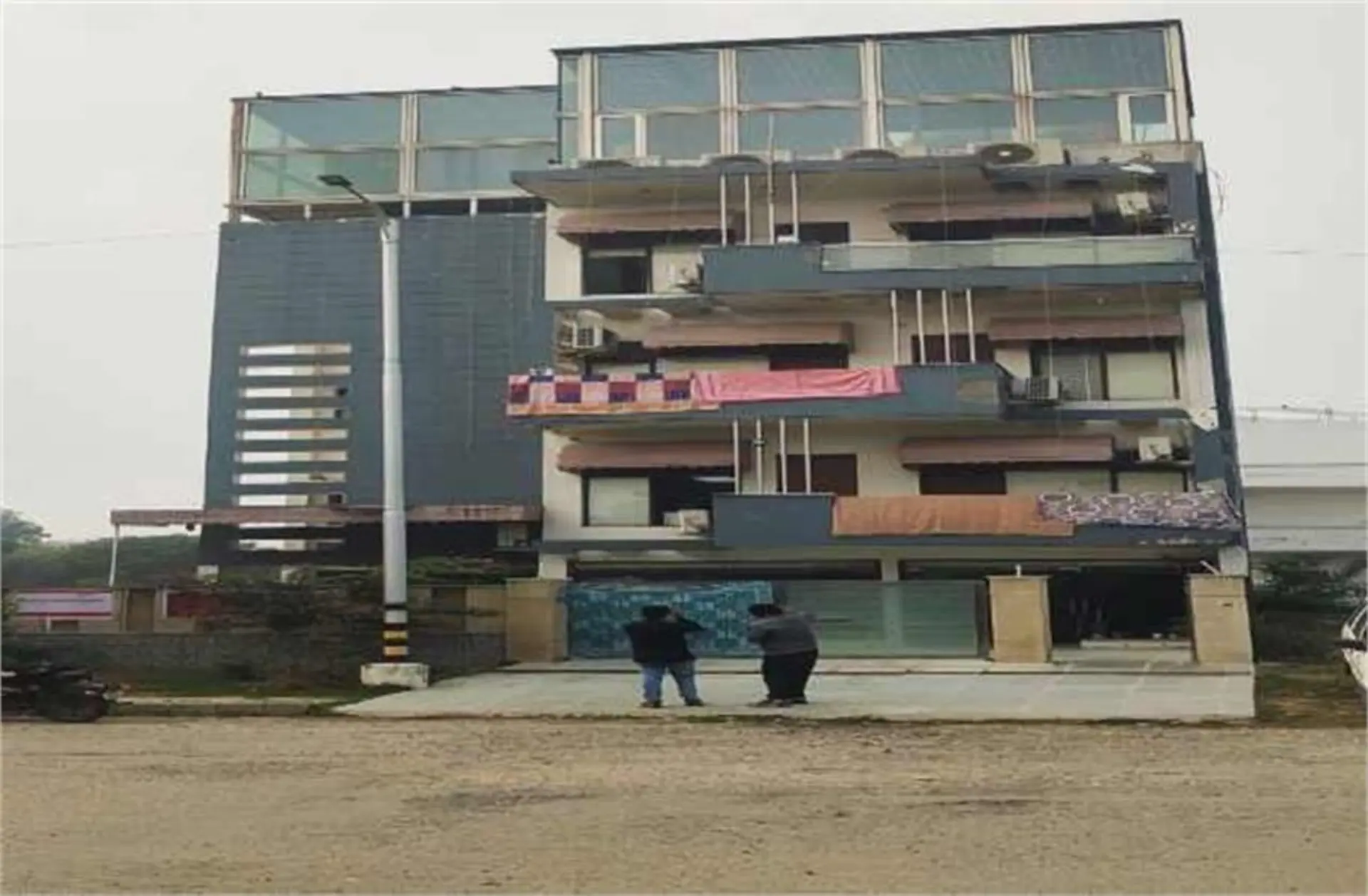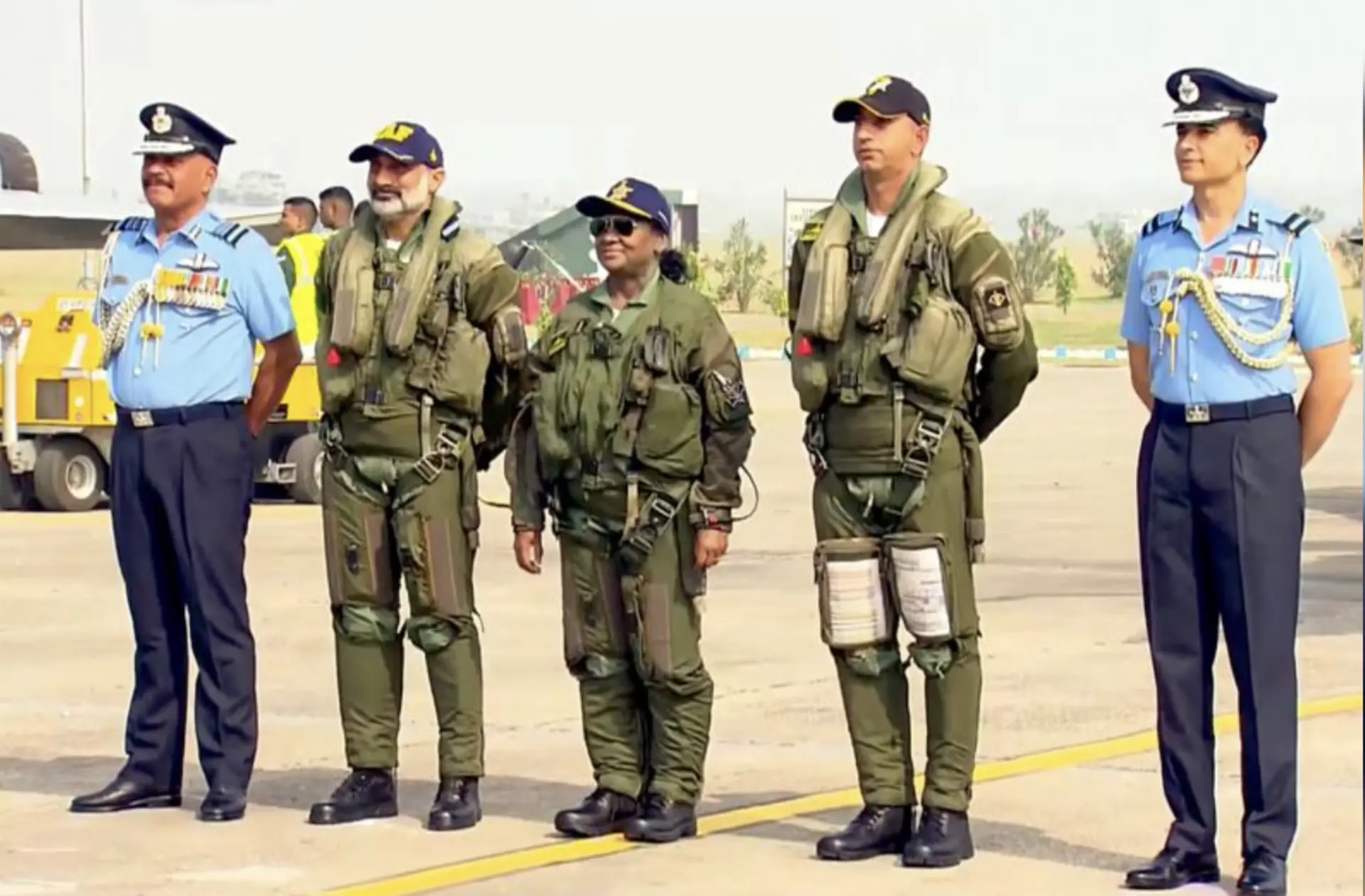
Infrastructure development is an important part for equitable development in today’s day and time. Infrastructure is the backbone and growth related activity in the world. The World Bank Research report of 1994 has described that infrastructure development is the growth engine for an economy. Infrastructure helps in employment generation, development of the service sector, alleviating poverty to name a few of the factors. There are various types of infrastructure like social and physical. Social capital includes education, healthcare, sanitation and physical capital like civil aviation, roadways, railways and pipelines.
Despite being one of the most expensive modes of transportation, civil aviation provides the fastest infrastructure and means of transportation, making it the most significant industry for the growth of any nation. The key benefits of the civil aviation business are that it may significantly aid in the development of regional networks, promote immigration into any area, aid in the expansion of individual districts, and guarantee the development of the services sector and unskilled labour. The rise of the civil aviation business can also result in an increase in entrepreneurship, which in turn can lead to the growth of numerous ancillary services within the industry. The GDP contribution of the civil aviation sector is rising annually, making it one of the fastest expanding sectors in the country. Due to a number of policy decisions made in the last few years, India's civil aviation sector has been expanding.
In India, civil aviation started way back in 1912. 1912 saw the launch of the first Indian flight, which went from Delhi to Karachi. The government implemented an open-sky policy in April 1990, enabling air taxi operators to operate out of any airport. The Indian government abolished the Air Corporations Act of 1953 and replaced it with the Air Corporations (Transfer of Undertaking and Repeal) Act, 1994 as part of its open sky policy, ending the monopoly of IA and AI in the air transport services. The provision of air transport services was permitted for private operators.
The automatic FDI route in the domestic aviation industry allowed foreign direct investment (FDI) of up to 49% equity stake and non-resident Indian (NRI) investment of up to 100% equity stake. The next big reform came in 1992 when the government implemented an open-sky policy in April 1990, enabling air taxi operators to operate out of any airport.
The Indian government abolished the Air Corporations Act of 1953 and replaced it with the Air Corporations (Transfer of Undertaking and Repeal) Act, 1994 as part of its open sky policy, ending the monopoly of IA and AI in the air transport services. The provision of air transport services was permitted for private operators. In the domestic air transport services sector, automatic FDI routes allowed up to 49 percent equity stake for foreign direct investment (FDI) and up to 100 percent equity stake for non-resident Indian (NRI) investments.India's civil aviation sector underwent a transformation in 2003. For the first time, low-cost airlines joined the civil aviation sector.
In India, Air Deccan was the first airline to offer budget, no-frills air travel. Air Deccan disrupted the Jet Airways-Air Sahara duopoly and instilled a new competitive spirit in India's civil aviation. Everyone now has access to Indian civil aviation thanks to this low-cost model. Due to the high cost of aviation travel, elites in India used to be the only ones allowed to take advantage of it. Low-cost airlines were able to gain a large following by adjusting their prices and implementing cost-cutting measures.
These include low-cost carriers like Indigo, GoAir, SpiceJet, and others that have lowered the cost of flying. Numerous significant infrastructure projects that have received widespread public support have been initiated under PM Modi's leadership of the current NDA government. The National Civil Aviation Program, which was created with the goal of granting the average person access to aviation, includes the PM-Udaan scheme. As a result, the number of airports in the nation has nearly doubled since the program's inception. Even remote cities like Port Blair, Agartala, Imphal, Itanagar, Belgaum, and Shivamogga, to mention a few, now have airports.
The Udan scheme was implemented in six phases, and as a result, the civil aviation industry currently has a market size of about $20 billion, with growth expected to reach $40 billion over the next three years. first financing of up to 45,000 crores were allocated only for the nation's current airports to be renovated. For the civil aviation industry, there have been several other programs, such as one that permits 100% FDI in the MRO sector. 49.5% of the policy is supported under the automatic report.
The government reduced the custom duty on parts or components, including engines used in engine manufacturing, from 2.5% to 0% as part of the Union budget for 2022. Between FY18 and FY23, an estimated Rs. 420–450 billion in investments are anticipated in India's infrastructure. India is now a global hub for maintenance, repair, and overhaul (MRO). By 2024, the nation's aviation industry will have the highest passenger volume. Approximately 69% of all airline traffic in South Asia is domestic, and by 2023, it is anticipated that India's airports will handle 1 billion trips annually.
The covid-19 pandemic shock has been fully recovered from by the Indian aviation industry, as evidenced by the air traffic movement, which increased to 327.28 million in FY23 from 188.89 million in FY-2022.Through 2027, there were 1,100 aircraft. Airports in India predicted that in FY-23, domestic passenger traffic would total 270 million, and international passenger traffic would total 157 million, representing a 15% YoY increase.
To conclude, these reforms in India over a period of time, have helped India to become one of the leading powers in civil aviation industry across the world today.
About the author: Srikar Srivatsa Dahagam is an incoming student of MA International Economics at the Graduate Institute of International & Development Studies, Geneva.



